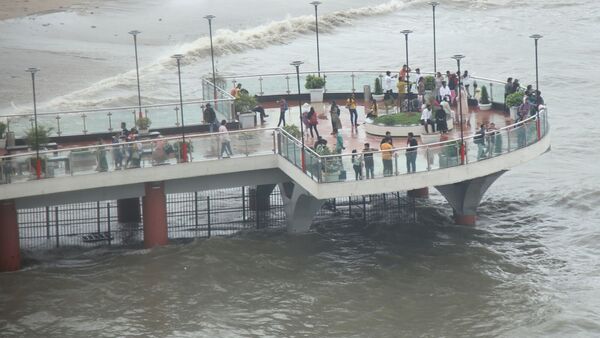
Mumbai, the city of dreams, is a busy metropolis constantly struggling with traffic congestion. In recent years, the Mumbai Metro News has emerged as a beacon of hope, providing much-needed relief from congested roads and a vision of a more efficient and sustainable transportation system. This article explores the latest developments of Mumbai Metro, its impact, ongoing projects, and future expansion plans.
Nearing completion, ready for change Mumbai Metro News
The most anticipated news for Mumbaikars is the imminent launch of Phase 1 of Metro Line 3. With 90% of construction work completed, this line promises to connect Aarey Colony to Bandra Kurla Complex (BKC) in the north-central suburbs. Major business district. This vital link is expected to significantly reduce travel times between these areas, reduce road congestion, and offer faster, more reliable transit.
The benefits of Metro Line 3 go beyond reducing traffic. The line has 27 stations, strategically located to provide easy access to over 30 educational institutions, 13 hospitals, and many religious and recreational facilities. This improved connectivity will increase daily commutes and boost economic activity and social interaction in different areas of the city.
Initial estimates suggest that Metro Line 3 will serve 17 lakh passengers per day. The significant reduction in ridership on roads will reduce pollution, improve air quality, and create a more sustainable urban environment for Mumbai.

Ongoing Projects: Building a Multimodal Network
While Metro Line 3 takes center stage, construction work is also underway on several other metro lines. Line 4, also known as the Pink Line, is another important project connecting Thane to Wadala in central Mumbai. This east-west corridor will reduce traffic congestion and provide important connectivity between the city and its eastern suburbs.
Line 2A, an extension of the existing Line 2 (Dahisar-Charkop), is under construction to connect Dahisar to Mankhurd in the eastern suburbs. This North-South line will significantly improve connectivity between these densely populated areas.
Several other lines, including Line 7 (Andheri-Dahisar East), Line 9 (Dahisar-Malad-Mira Road), and Line 10 (Wadala-CST), are also in various stages of planning and approval. These future lines aim to create a comprehensive metro network that will seamlessly connect different parts of Mumbai, promoting a more interconnected and accessible city.
Challenges and Considerations: Addressing Concerns for Smooth Travel
The Mumbai Metro project is not without challenges. Land acquisition, environmental concerns, and cost management have all posed hurdles during construction. Additionally, ensuring seamless integration with existing public transport systems, such as buses and local trains, will be important for a seamless travel experience for passengers.
Additionally, ridership projections and fare structures need to be carefully considered to ensure the financial feasibility of the project. Long-term success will require incentivizing ridership through feeder bus services, park-and-ride facilities, and integrated ticketing systems.
Conclusion: A bright future for Mumbai’s transport Mumbai Metro News
The Mumbai Metro News represents a significant change in the city’s transportation landscape. With its focus on reducing traffic congestion, improving air quality, and providing efficient and reliable connectivity, the Metro is paving the way for a more sustainable and liveable Mumbai. As the ongoing projects are completed and future lines are implemented, the Mumbai Metro network has the potential to truly revolutionize the way Mumbaikars travel, work, and connect with their city. The journey ahead presents both challenges and opportunities, but with continued commitment and innovation, Mumbai Metro is set to become a major force in shaping a brighter future for Mumbai.







